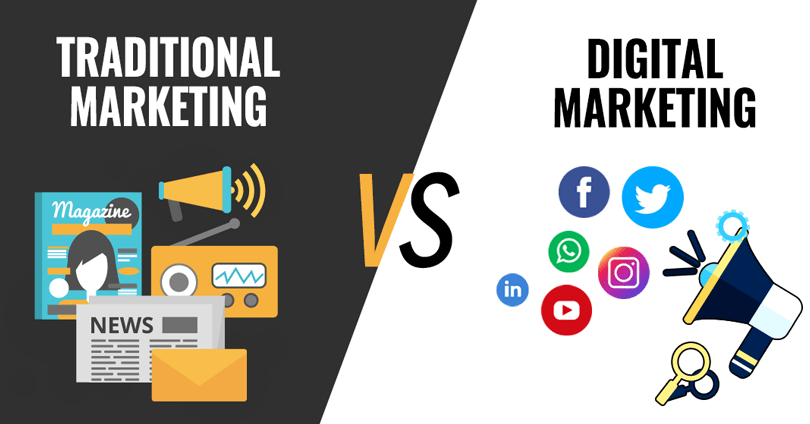How Customer-First Marketing Actually Works and Why It’s Important
Consumers are more sophisticated than ever before, and social media has given them the power to share their experiences. The best marketing always starts with the customer. They want solutions, assistance, and support, and they don’t want to be persuaded. Customer-first marketing seeks customer feedback and identifies opportunities to solve their problems. Read below to learn more about customer-first marketing.
What is customer-first marketing, what makes it work, and why is it so important to your company?
As a self storage owner, let’s imagine that you’re preparing to open a newly constructed store. The attractive, contemporary design looks like an upscale hotel lobby, and your security and conveniences are cutting edge. You’ve included every possible amenity from blue-tooth activated access to dedicated wine storage. You hope that your customers will love it, so you call your marketing company. You’re anxious for them to get started on a campaign that will convince your prospects that they can’t live without all of these premier features.
While this might sound like the foundation of a strong marketing campaign, this entire story has the role of marketing upside down. The best marketing always starts with the customer, not the brand and not the product or service.

Traditional Marketing vs. Customer-First Marketing
The greatest marketing programs begin and end with the customer. Craig Davis, Former Chief Creative Officer of J. Walter Thompson Worldwide states, “We need to stop interrupting what people are interested in and be what people are interested in.” You can create the most lavish, amenity-rich self storage facility in the area, but are you listening to your prospects? Do you understand their needs, and are you solving their problems? The quickest path to frustration is to assume that you know what they want better than they know themselves.
It’s simple. Customers want relevant information to solve their problems, help in making decisions, and support through every stage of their buying journey.
Never underestimate the sophistication of today’s consumers. People will instinctively cut through the noise. They are not looking for a business – they are looking for a solution. They want value, and they want to be able to make informed decisions. You can’t be self-serving; you have to serve your customer.
Ask the Right Questions
Traditional marketing asks:
- Who can we sell our products and services to? Traditional marketing puts the focus on making the sale rather than determining customer needs.
- How will we convince people that they need what we have to offer? Traditional marketing puts business goals ahead of customer needs. Instead of educating people and providing information, traditional marketing attempts to persuade prospects that they need their products or services.
- How can we get repeat business? Instead of building strong relationships and leveraging customer experiences as a foundation for future business, traditional marketing directs its energy toward attracting new customers.
Customer-first marketing asks:
- What problems do we solve? You have to intimately know your customers in order to identify opportunities to solve their problems. Seek customer feedback from social media and reviews to discover and meet your customers’ needs early and often. Use this information to inform your decisions and guide changes to products and services.
- Who has these problems? Neil Patel states, “To truly develop a “successful” marketing campaign, understanding your customers is the only thing you need to do.” Keyword research will give you strong insight into your customers’ needs. Put yourself in the shoes of the consumer. When you have a question about a service or product, is your first step to call the company or to perform a Google search to answer your questions?
- How will customers find our solutions? Create meaningful content that provides solutions. As digital marketing strategist Ronell Smith points out, “great content doesn’t universally mean anything at all. Its definition is subjective and sometimes mythical when what we need are pragmatic, clear boxes to check to determine whether our content efforts are on track.” In other words, your content has to anticipate the intent of the prospect and satisfy that intent. When your customers are searching, they need to be able to find you.
The evolution of social media has caused a shift in power. Customers are more in control than ever before. They have the power to share their experiences across multiple channels, and they will do it with or without you. “What customers are saying on social is what they’re saying to the world,” said Doug Palmer, principal at Deloitte Consulting LLP. They’re having a conversation about your brand, and you’re not leading that conversation.
At the end of the day, customers aren’t looking for your business, they’re looking for solutions to their problems. If you give them what they need, they’ll find you.


